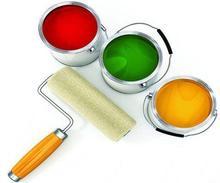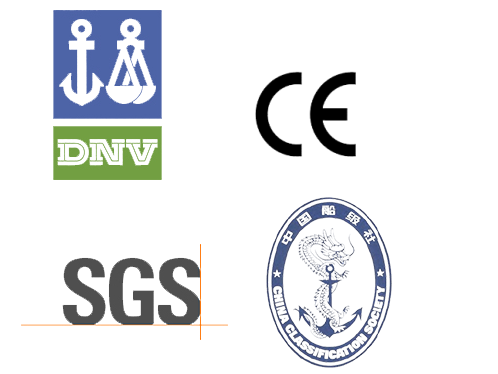 According to reports in the United Kingdom, the latest research shows that the "living skyscrapers" built using algae as a power source will automatically adjust the climate and change the living needs of residents. The 2050 green skyscraper has a digitized "nervous system". Algae act as a fuel cell and regulates room temperature as the seasons change.
According to reports in the United Kingdom, the latest research shows that the "living skyscrapers" built using algae as a power source will automatically adjust the climate and change the living needs of residents. The 2050 green skyscraper has a digitized "nervous system". Algae act as a fuel cell and regulates room temperature as the seasons change. A multinational company recently designed the future city skyscrapers of the year 2050. The company predicts that the skyscrapers of the future will be multi-elementized, including: bizarre jet power maintenance robots, towering farms, and photovoltaic paints. In 2050, the earth's inhabitants and cities will have a certain degree of mobility, which will change with changes in the environment and conditions.
The company’s research report predicts that buildings will be fully integrated into the city’s constituent elements and designed to achieve a certain degree of adaptability in response to changes in the external environment. The researchers assessed that three quarters of the world's nine billion people in the next 40 years will be the urban population, which will gradually increase the population density of the urban environment. At the same time, the emergence of network-like “intelligent†devices will enable real-time control of everything in the city, and cities will be built with simple, intelligent systems.
The skyscrapers of the future will use energy consumption and climate data, combined with the imagination of the residents, to calculate how best to use these resources.
Future versions of the skyscrapers can be maintained by jet-powered maintenance robots. They can even feed livestock and fish and grow vegetable farms, all depending on the seasonal climate. In the future, such skyscrapers can seamlessly install, detect, repair, and upgrade building systems through prefabricated components, removable module systems, and robot assembly.
The company also pointed out that in the future the building will produce more external walls coated with optoelectronic coatings, as well as wind power plants that produce algae as a biofuel. The green plant space will be distributed at various angles of the building to ensure the city's biodiversity, during which the optimal water system will be recovered and reused, and environmental pollutants will be effectively filtered.
The car is the most common type of transport in the world. The main building material used in cars is the relatively cheap steel. However, as the automotive industry begins to pay more and more attention to fuel efficiency, reducing CO2 emissions and design, aluminium is playing an ever more important role in modern cars.
Typical alloy: 5182, 5083, 6016, 6011, 6N12, 6014, 6181A, 6009, 6005A, 6061, 6082
Product character: good weld ability, good formability, superb bake hardening ability
Product Certificate:

Aluminium For Automotive
Aluminium For Automotive,Automobile Aluminum Sheet,Tank Car Aluminium Coils,Cast Plate For Car Mould
La Ya Aluminium products Co.,Ltd. , http://www.layametal.com